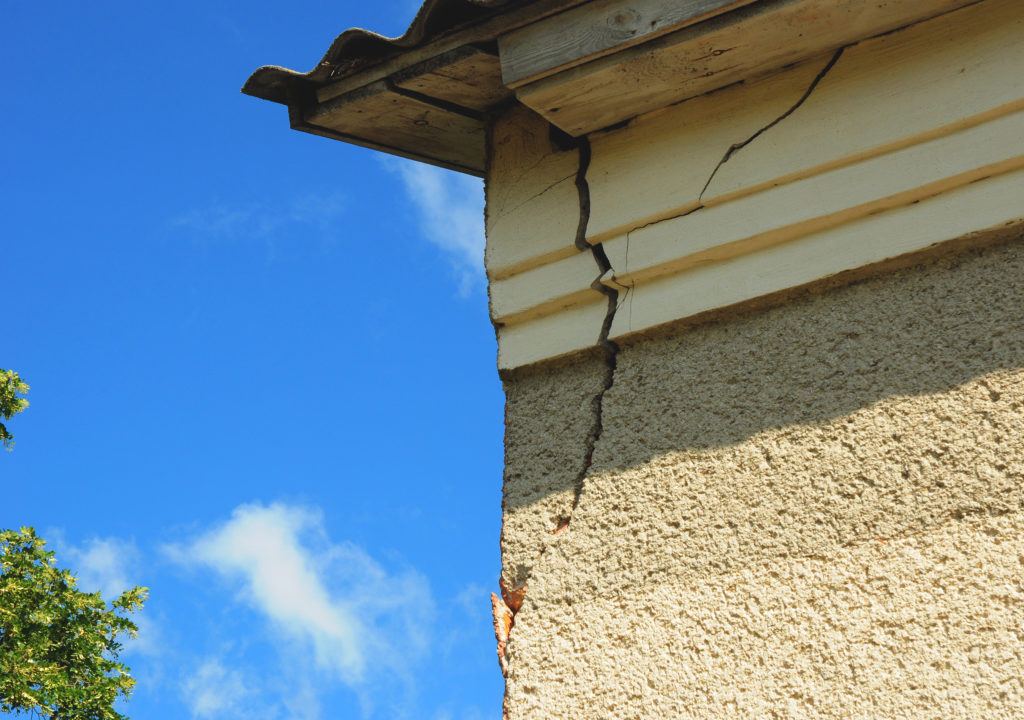Finding a crack in a wall or floor when you are looking at purchasing a new home, or getting ready to sell your old home; can be disappointing and a source of concern. However, not all cracks will necessarily need immediate attention, and not all cracks are serious. Fortunately, some cracks are more aesthetic in nature and won’t hurt if left untreated.
Certain cracks in your property can indicate foundation problems or they could just be as a result of the house settling. Fluctuation in humidity levels, soil movement and shallow foundations are typically responsible for settling, which may result in cracks in the ceiling or walls. Often, when concrete cures and dries, it cracks; which means that it is also not uncommon for new homes to have some cracks along the foundation or in the floor slab.
Although generally a crack is nothing to worry about, there are certain cracks which do indicate structural damage. There are many different types of wall and foundation cracks that can occur in residential and commercial properties, which typically indicate some type of damage.
Concrete wall and floor cracks can be separated into three categories:
- Cosmetic which usually means that they require no further repair;
- Monitoring needed which requires watching for changes or ever worsening conditions; and
- Significant which definitely require timely repair.
Finding a crack which needs repair leads to a number of important questions: Is this a structural crack that compromises the strength and stability of a wall? Will this crack get bigger over time? What might have caused the crack to occur? Will the crack allow water to leak inside the foundation? What can be done to fix it?
Different types of cracks call for different repair techniques. Repair work will vary based on the type of foundation material; in addition to the size, shape and location of the crack. For cracks which have been identified as in need of repair, separate those in order of priority. The most urgent are areas where there is a risk of collapse or unsafe conditions. It is important to note that certain types of cracks commonly extend through the full depth of the foundation wall so they can typically become a source of water entry. For less urgent spots, make sure to schedule remedial work as they will eventually deteriorate. The sooner you identify potential problems, the easier, and the less expensive it is to fix them.
Many older homes were built with brick walls. Bricks are no longer regularly used for foundations, but many older buildings will still have structural brick walls in place in order to support the first floor. Brick walls don’t normally shrink, but expand forever.
Note, by taking a preventative, maintenance approach to structural changes within your property, including concrete wall and floor cracks, you may be able to avoid costly repair work in the future. A professional inspection will help you with assessing potential damage to your property, and with the timing of repairs.
